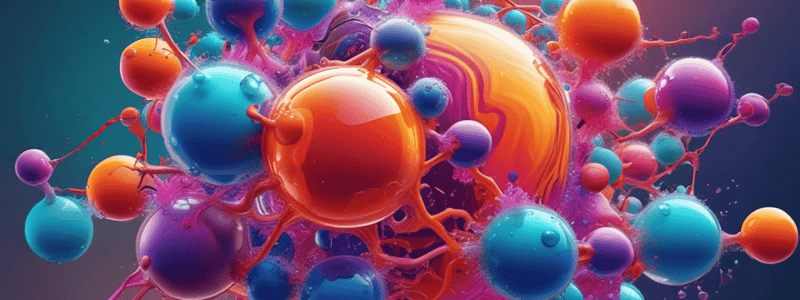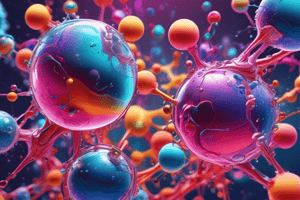Podcast
Questions and Answers
Match the following terms with their definitions:
Match the following terms with their definitions:
Chemical bond = A force that binds atoms together Chemical change = Results in new substances with different chemical properties Physical change = Alters physical properties without forming new substances Mixture = A combination of two or more substances that can be separated
Match the following signs with their indication of a chemical change:
Match the following signs with their indication of a chemical change:
Change in color = May indicate a chemical change Release of gases = May indicate a chemical change Release of heat or light = May indicate a chemical change Change in color when food coloring is added to water = Does not indicate a chemical change
Match the following examples with the type of change they represent:
Match the following examples with the type of change they represent:
Coal burning and forming carbon dioxide = Chemical change Color change due to mixing food coloring with water = Physical change Evaporation or distillation separating substances in a mixture = Physical change Burning wood to produce ash = Chemical change
Match the following descriptions with the correct concept:
Match the following descriptions with the correct concept:
Signup and view all the answers
Match the following terms with their correct descriptions:
Match the following terms with their correct descriptions:
Signup and view all the answers
Match the following elements/molecules with their correct ratios:
Match the following elements/molecules with their correct ratios:
Signup and view all the answers
Match the following actions with their correct classification:
Match the following actions with their correct classification:
Signup and view all the answers
Match the following statements with their correct meanings:
Match the following statements with their correct meanings:
Signup and view all the answers




